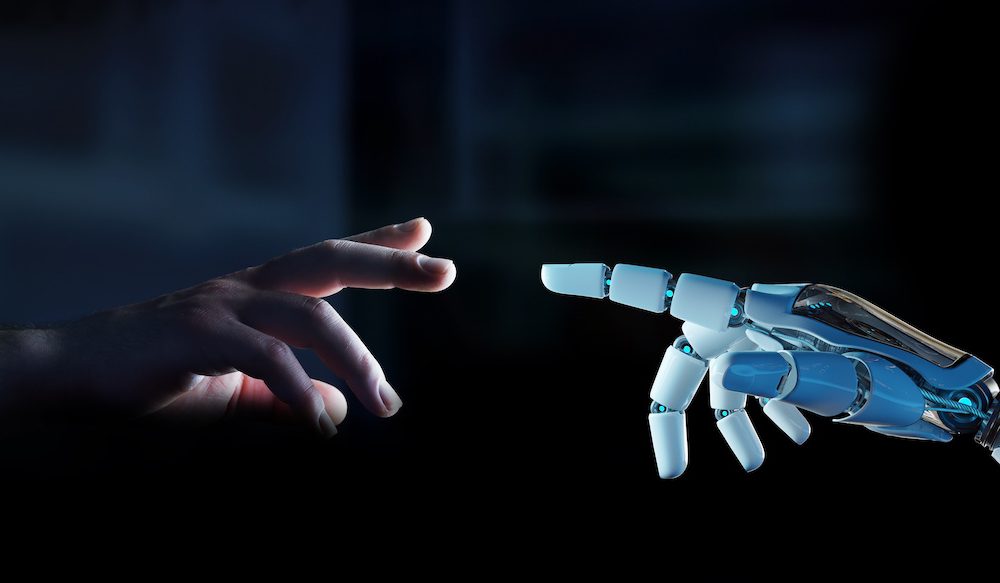
New research could pave the way for a prosthetic hand and robot to be able to feel touch like a human hand.
The study has been published in the journal Science, led by researchers at Uppsala University and Karolinska Institute, who say the technology could also be used to help restore lost functionality to patients after a stroke.
“Our system can determine what type of object it encounters as fast as a blindfolded person, just by feeling it and deciding whether it is a tennis ball or an apple, for example,” says Zhibin Zhang, docent at the Department of Electrical Engineering at Uppsala University.
He and his colleague Libo Chen performed the study in close cooperation with researchers from the Signals and Systems Division at Uppsala University, who provided data processing and machine learning expertise, and a group of researchers from the Department of Neurobiology, Care Sciences and Society, Division of Neurogeriatrics at Karolinska Institutet.
Drawing inspiration from neuroscience, they have developed an artificial tactile system that imitates the way the human nervous system reacts to touch. The system uses electrical pulses that process dynamic tactile information in the same way as the human nervous system. “With this technology, a prosthetic hand would feel like part of the wearer’s body,” Zhang explains.
The artificial system has three main components: an electronic skin (e-skin) with sensors that can detect pressure by touch; a set of artificial neurons that convert analogue touch signals into electrical pulses; and a processor that processes the signals and identifies the object. In principle, it can learn to identify an unlimited number of objects, but in their tests the researchers have used 22 different objects for grasping and 16 different surfaces for touching.
“We’re also looking into developing the system so it can feel pain and heat as well. It should also be able to feel what material the hand is touching, for example, whether it is wood or metal,” says Assistant Professor Libo Chen, who led the study.
According to the researchers, interactions between humans and robots or prosthetic hands can be made safer and more natural thanks to tactile feedback. The prostheses can also be given the ability to handle objects with the same dexterity as a human hand.
“The skin contains millions of receptors. Current e-skin technology cannot deliver enough receptors, but this technology makes it possible, so we would like to produce artificial skin for a whole robot,” says Chen.
The technology could also be used medically, for example, to monitor movement dysfunctions caused by Parkinson’s disease and Alzheimer’s disease, or to help patients recover lost functionality after a stroke.
“The technology can be further developed to tell if a patient is about to fall. This information can be then used to either stimulate a muscle externally to prevent the fall or prompt an assistive device to take over and prevent it,” says Zhang.




